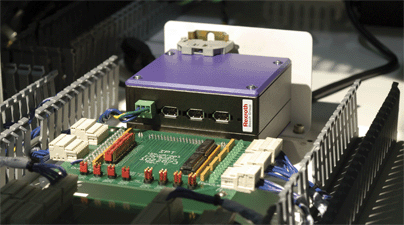
The Systemation inspection system uses motion control from Bosch Rexroth. The distributed, scalable architecture is built around the high-speed FireWire backbone to support up to 20 axes of control per machine.
The semiconductor industry has an urgent need for speed. Driven by intense cost and competitive pressures, semiconductor producers are trying to maximize the number of products they produce while improving outgoing quality.
A critical point is the final step: inspection and packaging. The faster the finished integrated circuits are inspected and moved out the door, the faster the plant achieves return on investment.
Systemation Semiconductor of New Berlin, WI manufactures inspection and packaging equipment for the semiconductor and electronics industries. Recently, the company launched an integrated circuit (IC) inspection and packaging machine under its Systemation® brand. This machine beats the industry benchmark throughput production rate for handling a specific number of units per hour (UPH) by 5000, thanks to a robust motion control system from Bosch Rexroth Hoffman Estates, IL.
Smaller and faster
The cost for a next-generation semiconductor assembly and test facility is staggering. About the only way to achieve a return on investment, especially in such a highly competitive environment, is to maximize throughput, as measured in units per hour and do it with equipment that takes up the smallest work area possible.
The newest machine form Systemation responds to these needs. The ST-868 Handling System features AVS DefectZero™ Inspection Technology. Its throughput rate for integrated inspection/packaging machines is up to 15,000 UPH, or four chips per second. The previous industry benchmark was 10,000 UPH.
The ST-868 can handle inspection and packaging of different electronic component device form factors such as ball grid arrays (BGA), quad flat leaded packages (QFP), and emerging outlines like quad flat non-leaded and micro-BGA (QFN, µBGA).
After the devices have been fully assembled and electrically tested, they are also visually inspected to ensure mechanical compliance to specification at accuracy levels measured in microns. Customer expectations of zero defects means semiconductor manufacturers cannot readily trade inspection accuracy and stability for speed.
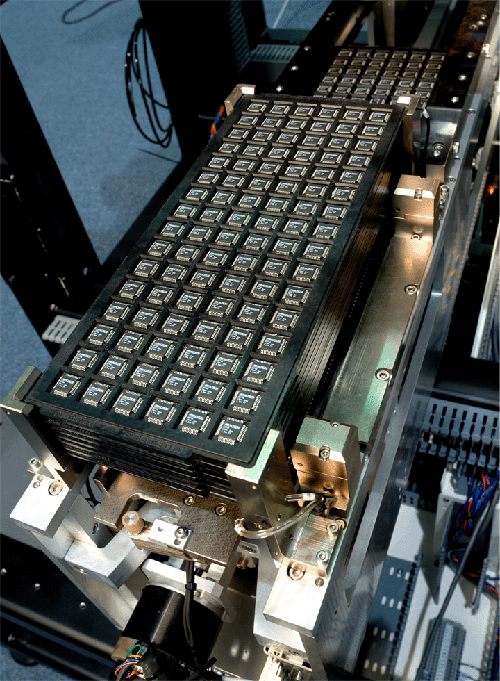
With its motion control advantage the ST-868 can process up to four chips per second — throughput equal to 15,000 units per hour (UPH).
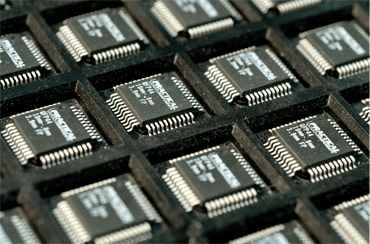
Simple and modular in design, the ST-868 provides fast, accurate and reliable handling of devices without the need for “gang” handling. Each individual chip is handled only once as it is transported from input to output and is optically aligned prior to insertion at the output destination.
According to Mark Jaeger, president of Systemation, the ST-868 dramatically changes the productivity equation for back-end inspection and packaging. The modular nature of the motion control system is a critical element, enabling distributed self-contained intelligence for every sub-system for a 50% increase in the raw sprint speed of the handling system.
“Basically, one ST-868 machine can deliver the same production rate as two previous-generation machines,” said Jaeger. “By leveraging the motion control system and increasing packaging process efficiency, Systemation is able to provide a 100% increase of UPH per square foot of plant floor space.”
For JEDEC tray processing, the ST-868’s tray-based scanner does not compromise throughput when combined with optional tape-and-reel packaging.
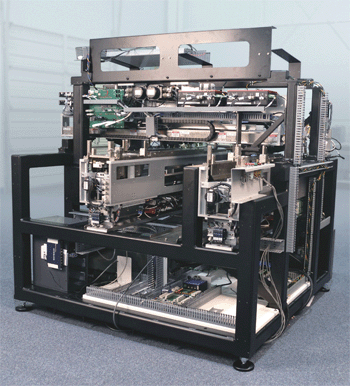
The modularity of the control system helped Systemation design the ST-868 with a compact footprint.
The optional AVS DefectZero™ Inspection Technology system, also developed by Systemation, assures thorough end-of-line quality with redundant device inspection at tray and tape outputs. Inspection sites are selectable and may be configured for defect detection on all six surfaces of all package types. Through real-time remote access, operators can check and view inspection results from a central workstation, or from another location.
Motion control fires machine performance
Systemation achieved the throughput increase in part by using FirePoint IEEE 1394, which is included in Bosch Rexroth’s NYCe family of motion controllers. This network platform uses a distributed, scalable architecture built around the high-speed FireWire backbone to support up to 20 axes of control per machine. These motion axes include the lift, rotation, inspection and packaging functions of the ST-868.
FirePoint uses a distributed architecture and modular components. It provides configurable I/O and nodes networked to a high-speed FireWire backbone in an industrial PC. Each node’s function is programmable and capable of controlling digital and analog I/Os, servomotors and step motors. In addition, other FireWire devices like intelligent cameras can be integrated into the control architecture. From one to 62 intelligent control nodes can all be connected and controlled in a network, so engineers can design complex systems.
The FirePoint platform was specifically developed to support high-speed motion and vision control systems that also use the IEEE 1394 network. It is an open architecture, which means any systems that are IEEE 1394 compliant – motion systems, visual systems, and so on – can co-exist on the same network without additional programming steps to make them compatible.
FireWire is suited to very fast, multi-axis applications. Its serial bus supports throughputs to 400 megabits per second. Its real-time deterministic architecture increases the accuracy and ensures the latency necessary for the control demands in a machine that inspects and packages four components per second.
“The ST-868 has dozens of motors and several hundred digital I/O points,” Jaeger said. “FirePoint provides extremely fast response times with very little overhead, which allows us to perform the complex real-time control operations required to meet our goals.”
The FirePoint platform provides other benefits: faster machine development, flexible end-user options, and an overall reduction of the footprint on a factory floor because it produces the output of two machines instead of one. An extensive library of motion control tools and commands enable fast commissioning and testing of machines. These C and C++ libraries eliminate much of the motion programming previous generations of motion control platforms required.
FirePoint node units are modular and compact to conserve space. Standard units are DIN-rail mountable; however, rackline mountable or bare-board versions are also available. This modularity helped IPT design the ST-868 to be very compact.
Bosch Rexroth
www.boschrexroth-us.com
Systmation Semiconductor of New Berlin, WI
www.systemation.us
:: Design World ::
Filed Under: Semiconductor manufacture, Motion control • motor controls, PCs




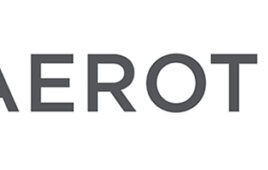
Tell Us What You Think!